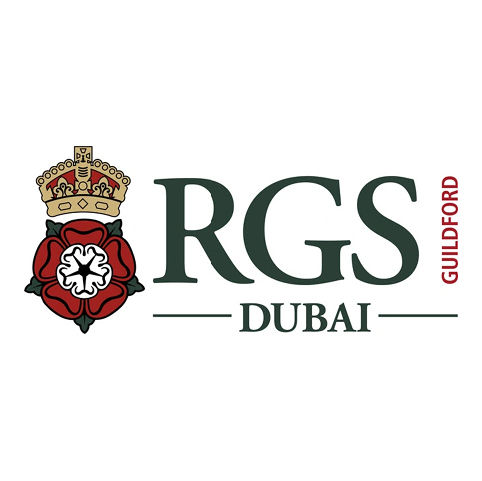Building Schools,
Shaping Futures,
All Beyond the Box.

At Koda, we specialise in crafting exceptional learning environments that go beyond architecture, they shape how education happens. Our suite of services combines educational insight, design innovation, and seamless execution to produce future-forward school spaces.
Educational Architecture Design

At Koda, we don’t design offices, towers, or malls; we design schools. It’s all we do, and we do it with unrivalled expertise & excitement.
Our architects and designers have shaped award-winning educational projects across the region and beyond, blending bold conceptual ideas with practical, future-ready solutions that help schools thrive.
Learning Space Design
From early years to senior schools, our interiors are crafted with one goal in mind: to enhance learning.
Drawing on our team’s decades of experience inside classrooms, we create flexible, inspiring spaces that support collaboration, creativity, & wellbeing many of these designs have been recognised for innovation in education environments.
Project Management

Because we live & breathe school design, our project management is finely tuned to the unique needs of education projects.
From the first sketch to the handover of a finished campus, we bring precision, accountability, & a deep understanding of how schools operate, ensuring that every detail is delivered to the highest standard.
At Koda, every service we offer is driven by one clear purpose — to design schools that inspire, empower, and endure.
With decades of experience across our team, a singular focus on education, and an award-winning track record, we know what it takes to turn bold ideas into exceptional learning environments. Whether you’re exploring architecture, interiors, project management, or beyond, our expertise is here to bring your vision to life.

























